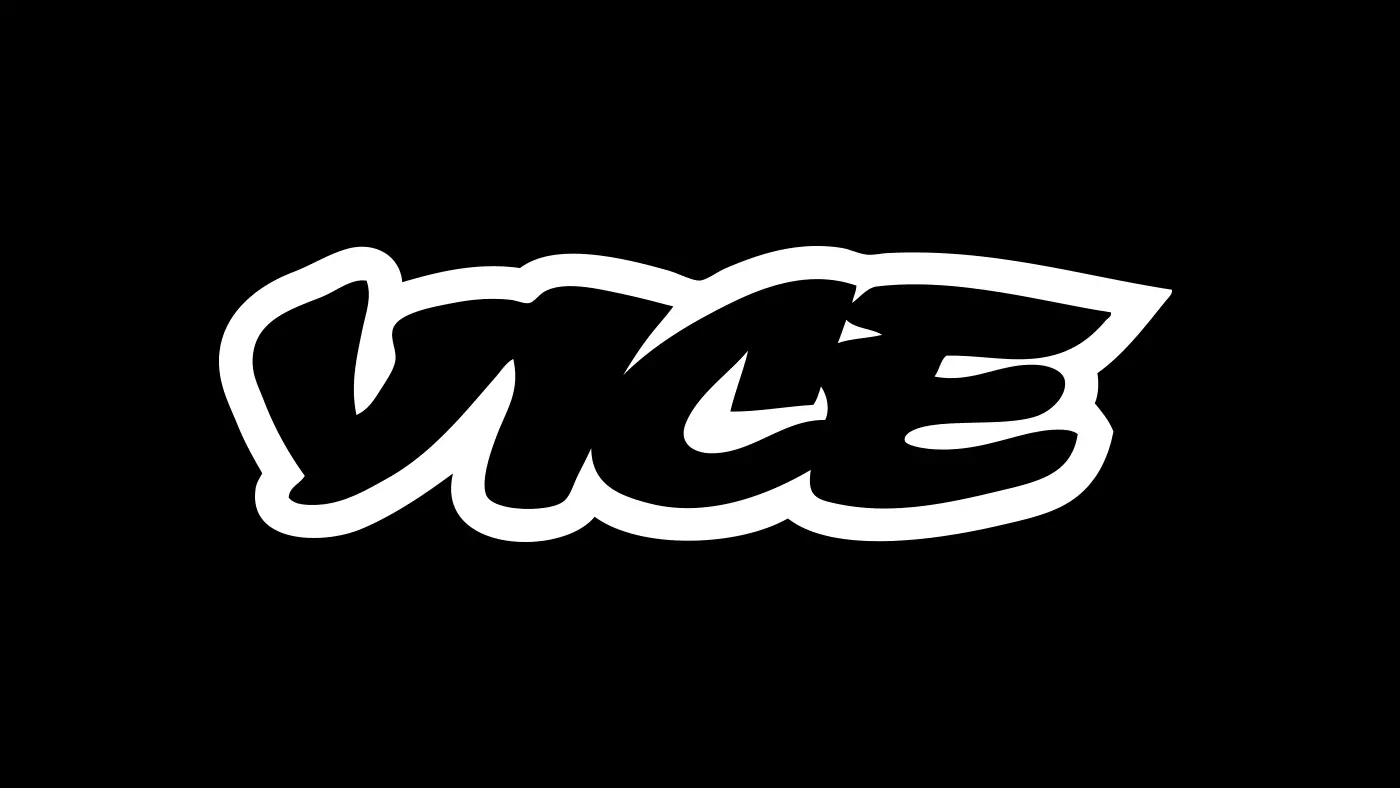Vice, the snappy digital media page, which was once valued at over $5.7 billion, is now inclining towards an economic crisis and is ready to be sold for just $225 million, which is a tiny fraction of what it was once worth. As reported by The New York Times, the company filed for Chapter 11 bankruptcy (Chapter 11 of the United States Bankruptcy Code permits reorganization under the bankruptcy laws of the United States). early on May 1. Vice will still be operating during the bankruptcy process as the company expects to emerge in a stronger state within a span of two or three months.
A group of the news company’s investors, Fortress Investment Group, is listed as Vice’s largest creditor in the bankruptcy filing, with a claim of about $475 million. According to its filing, Vice has assets and liabilities ranging from $500 million to $1 billion. The company made cutbacks in recent weeks, shuttering its Vice World News and cancelling Vice News Tonight, leading to over 100 job cuts.
In recent times, digital newsgroups have been on a rocky road. Buzzfeed News suddenly shut down, rendering a huge number of talented journalists unemployed. Vox Media recently laid off about 7% of its employees in order to raise its valuation by about half of what it was worth in 2015.
Vice is most appreciated for its boldness in addressing subjects that are usually considered controversial by mainstream media and mainly ignored. As a startup, Vice mainly uploaded most of its content solely on YouTube for free, this was incredibly successful and helped them win a large number of viewers and subscribers. However, with over 3000 employees on its hand and a huge rented office in New York, content on YouTube alone was not enough to cover its costs. They also had immense travel expenses, after sending their reporters all around the world. With a great response to its content on YouTube, Vice sensed an opportunity to expand its brand visibility through television licensing.
Although, nowadays, people find it preferable to consume content on YouTube or social media for free rather than the traditional method of paying for cable television. Because of this, the number of television subscribers has declined and is expected to continue declining. Vice, at the time, was already dealing with disgruntled employees, who reported facing sexual harassment and complained of underpayment.
Vice’s foremost strategy was to captivate viewers with their free content so much so that they are tempted to get a cable connection to view Vice’s premium content, but that strategy terribly backfired as digital news companies, like Vice, are not only competing with news channels but with millions of YouTubers and social media influencers who produce content for a far cheaper price.
This was a bit more than the newly formed digital news media company could handle and sank under the volatility of the Internet today whose audience is scattered and sparse with a declining sense of brand loyalty.












